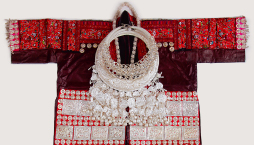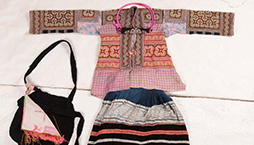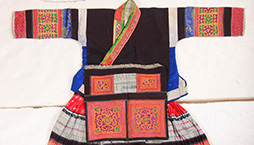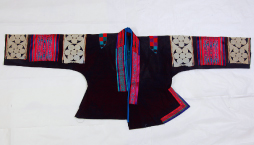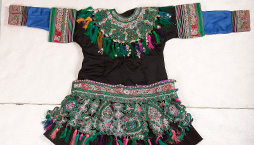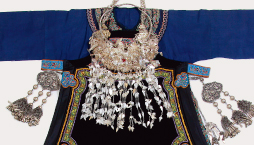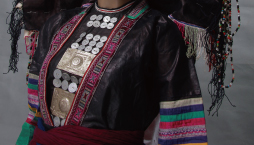Emblems of Ethnicity—Costumes and Accessories of Ethnic Minorities of Guizhou
In order to retain ethnic characteristics and strengthen ethnic identity, it is common for minority groups in Guizhou 貴州 to incorporate elements from their histories, legends, beliefs, and customs into their daily apparels and accessories, and the resulting dressing cultures tend to be distinctive, rich, and diverse, becoming important emblems signifying their ethnic images and characteristics. The inheritance and uninterrupted development of the costumes and accessories of the various nationalities in Guizhou have not come about in isolation. Observing the apparels and accompanying accessories introduced in this section, the visitors are to understand that the splendor of their costumes and accessories is realized through continued interaction and cross-influence among the minority groups.



